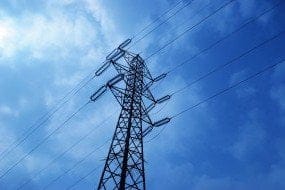Draft Electricity (Change in Law, Must-run status and Other matters) Rules 2020
On October 1, 2020, the Ministry of Power had released Draft Electricity (Change in Law, Must-run Status and Other Matters) rules, 2020.
The ministry of power has issued draft rules to bring in quick compensation to power plants. This is because both the Gencos and Discoms are at financial distress. It aims at avoiding long regulator procedures for incontestable cases. It also aims to reduce the litigation and help regulator commissions to focus on genuine disputes.
Rules
- The monthly tariff should be adjusted so that economic position of the power plant can be restored.
- The renewable power plants are currently selling their power through exchange mechanism. The rules recommend that this is a bad approach and a bilateral trade opportunity will bring in higher prices for the renewable power.
- The renewable power plants are exempted from curtailment under Indian Electricity Grid Code. Also, they enjoy must-run status under the code. They are eligible to curtailment compensation only if related clauses are included in Power Purchase Agreement (PPA). The draft rule now provides 75% of PPA tariff, in case if compensation clauses are not provided in the PPA.
Why the new rules?
The covid-19 impact that brought in lockdown had reduced the demand of electricity. According to Confederation of Indian Industries, a total demand compression of 36 billion units of electricity was faced by India till May 2020. This brought in 30,000 crores of revenue losses at Discom level. In turn, the revenue dues of Gencos accumulated. Thus, power generating companies faced severe blow.
Background
The industrial and commercial sector of India consume 52% of electricity generated. Domestic households consume 24% and the agriculture sector consumes only 18%. The prices of distribution utilities are set below the actual cost for domestic household and agricultural sector. This is done to make power affordable for them. Thus the major revenue of electricity comes from industrial and commercial sector.
With the lockdown imposed the industrial and commercial sector almost came to a halt. As the major consumers of electricity stopped buying electricity, the Gencos and Discoms were greatly affected.
The daily power demand of India declined by 25% to 28% during the lockdown.
Month: Current Affairs - October, 2020


